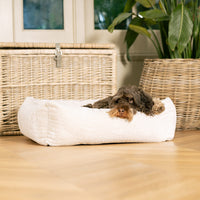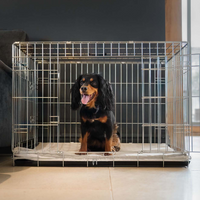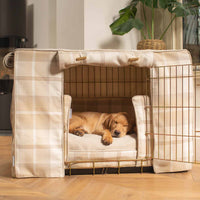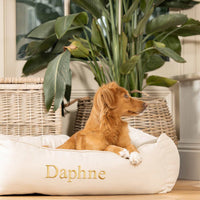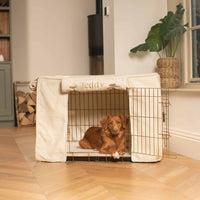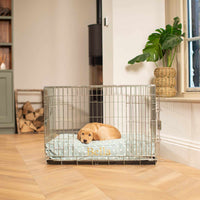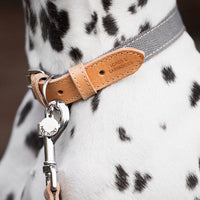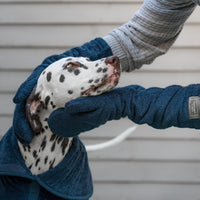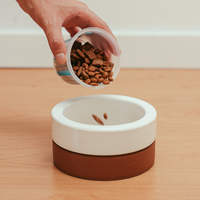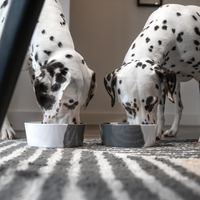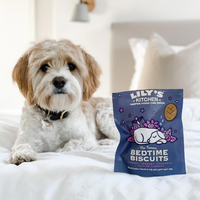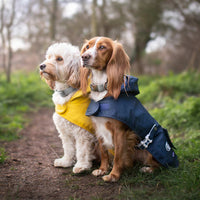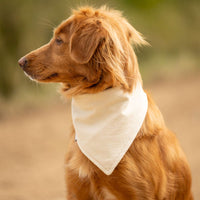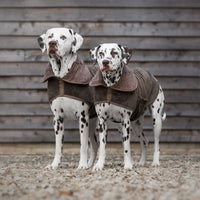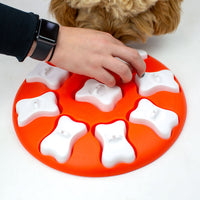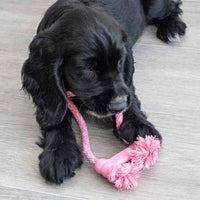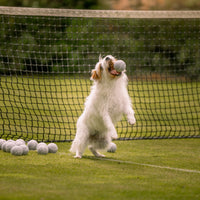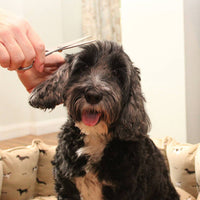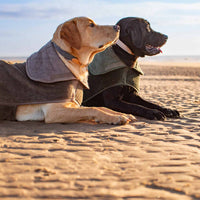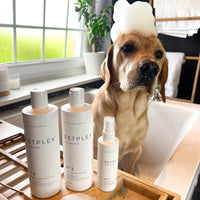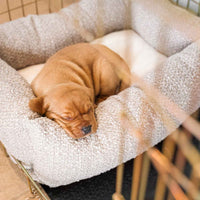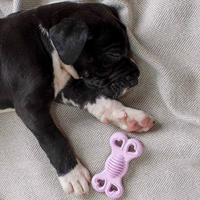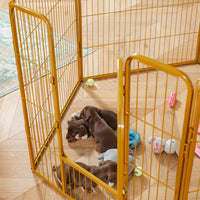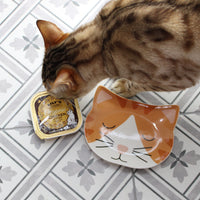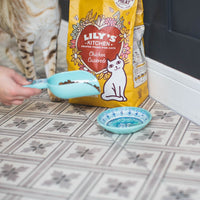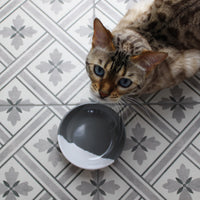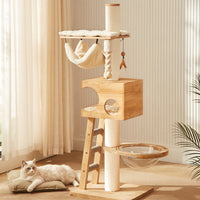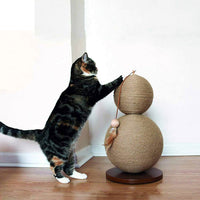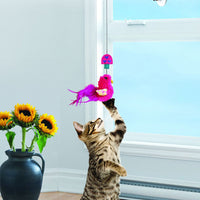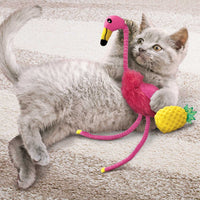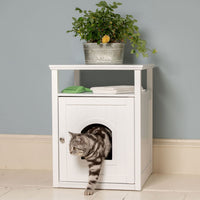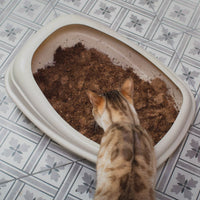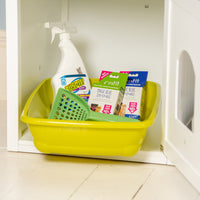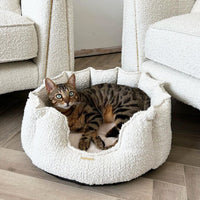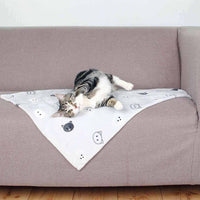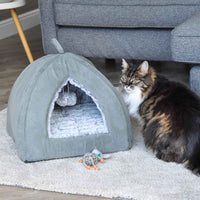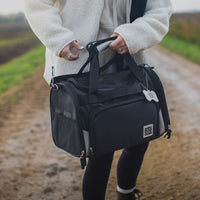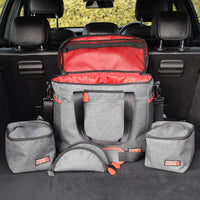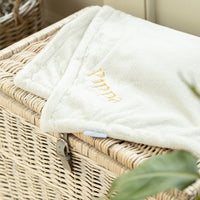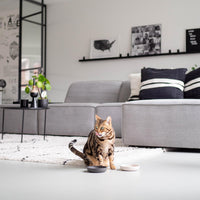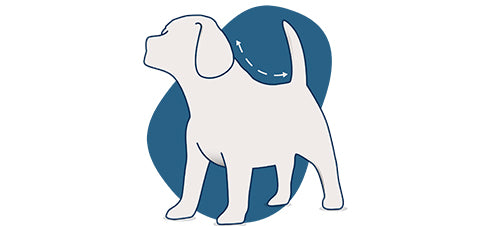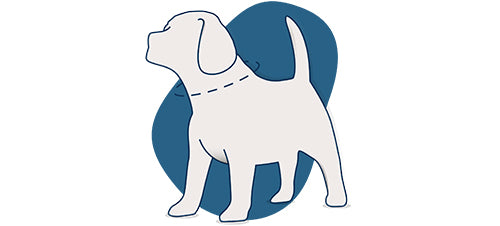The idea of crating a dog or puppy is one that is often hotly debated. People wonder if the crate is actually a safe haven for a dog or more like a prison. Well, this all depends on how a person uses the crate, not the crate itself. Crating can actually be incredibly calming for a dog, as long as you do it correctly and do not misuse the concept. In this article we’ll take a look at some of the reasons that crating can be good, as well as telling you how not to use it.
Crate Training Your Puppy
There are several ways crating can help with your puppy’s overall training, the main one being house-training. Dogs naturally like dens, especially in the early stages of their lives. By teaching them that the crate is their bed and also their safe retreat they will start to treat it as a bed and den and so learn to eliminate waste outside of it. So for example, if they have slept in their crate over night or spent a couple of hours in there during the day, take them outside as soon as they get up to help reinforce outdoor toileting. Dogs do not like to toilet where they eat and sleep.

It can also help them to cope with being left alone at night when you go to sleep and they are separated from you. If you live in a multi-dog household it is not advised that you leave your puppy unattended with the older dogs, and so having a crate can help them to remain social but also gives them a place to rest that is separate from the other dogs. We used to have our puppy’s crate right next to the beds of the older dogs so that she could sleep with them but in the safety of her crate.
Pet Safety and Security
This works for both you and your dog. Some older dogs grow out of the crate stage (like ours did) and will stop using it once they mature a little. However, others will become a little more bonded with their crate. Some dogs like having their crate as an option at all times, just somewhere that they can go to sleep, relax, or get away from anything that might be upsetting them. It offers the dog a sense of security, which relates back to dogs being den animals. By leaving the crate door open (or removing it completely) you are allowing your dog the den-like hideout that they want.

In terms of how it works for you as an owner, it can offer you a great peace of mind. Whilst this is more for puppies and dogs who have not yet matured it can also be aimed at those who still have a few nasty habits. If your canine companion has a habit of chewing up the house or snacking on wires, then it is often worth crating them for an hour or two while you go out to run your errands. By doing this they are in a comfortable location and you don’t have to worry about them potentially electrocuting themselves while you are out.
Pet Transportation
Crating your dog, and teaching it to be comfortable there can make transportation so much easier. Whether you are going for a walk somewhere new or moving house, a dog in a crate makes driving so much safer. It means that your dog isn’t going to end up sliding around the back of the car, and they also cannot distract you while you are driving. After all, if you don’t have a guard between the back and the front then they have the perfect opportunity to wiggle up to you. For dogs that get a little distressed while driving, the crate can offer a sense of comfort that will help calm them.

The dog crate is great, and it’s certainly something that is safe to use. However, it is important to note and explain how not to use the crate. Never use a crate if your dog acts fearfully towards it. Forcing your dog to use it will cause psychological damage – the crate should be a place they choose to go willingly to maintain that feeling of security. If your dog suffers from separation anxiety then crating them will only make it worse. Do not crate a dog for longer than the time they can hold the need to go to the toilet. This is cruel and unfair on them. Do not crate your dog if they suffer from medical conditions such as arthritis as this will encourage stiffness – always consult your vet about any conditions you think might be affected by the crate. Never crate a dog as a form of punishment as this will encourage a fear of the crate and associate it with negative actions. The same goes for you wanting peace and quiet, the crate is not the answer and it will again be associated with negativity. Finally, do not crate your dog for more than five hours. The crate is a place they can sleep and relax and they should not be shut away for more than a couple of hours, and even then not every day. If you shut them away for over five hours every day then this could lead to psychological damage.
If you’d like some more information about the use of dog crates the RSPCA also has a useful article.
Making Your Dog Feel at Home
If you do decide to go with having a dog crate then look no further than our extensive selection of dog crates, covers, bumpers and cushions. Our dog crates come in 5 sizes – 24″, 30″, 36″, 42″ and 48″.
Our range of exclusive covers, bumpers and cushions will suit any style of home and provide a relaxing and comfy den for your dog.


